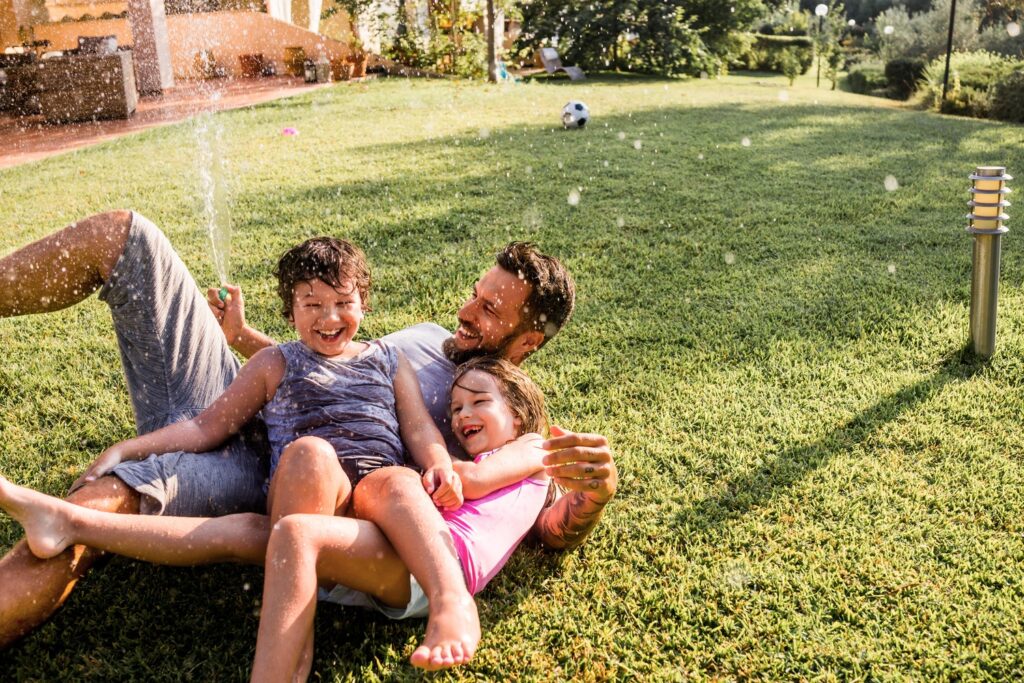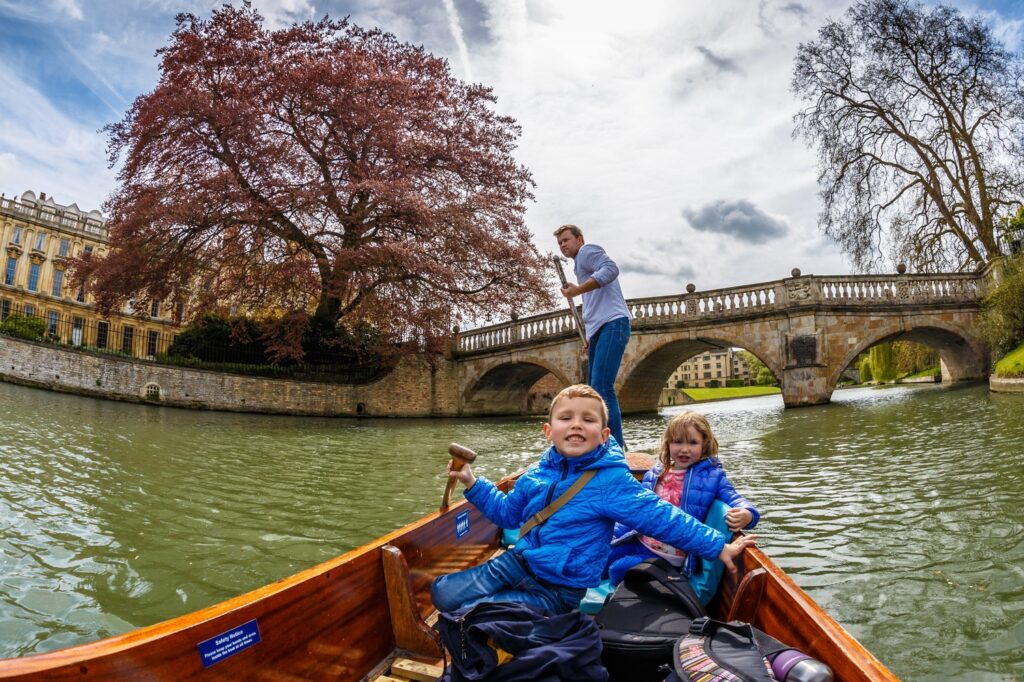Time near water has a calming pull that suits every age. Families can turn even a few hours around a lake, river, or backyard pool into something that feels like a break. Gentle water activities help everyone slow down without losing the fun. The mix of sound, movement, and open space encourages laughter and quiet moments in equal measure. Below are several ideas that balance excitement with rest, giving both kids and adults something to enjoy without much planning.
1. Swimming Pool Afternoons
Few things feel as familiar as a swimming pool on a warm day. Pools create a flexible space where families can relax or play, switching easily between the two. Kids can test new strokes, float with pool noodles, or make up water games that involve racing to the other side. Adults can float, stretch, or join in without much effort.
To keep it interesting, families can organize short water relay games or small competitions that fit everyone’s pace. Nobody has to be athletic for it to be fun. The pool also builds comfort in water for children who are still learning, and it’s a safe spot to practice using life jackets for younger swimmers. Towels, snacks, and shade go a long way in keeping the mood light.
2. Slow River Adventures
Boat rides bring a sense of calm that few activities match. The steady rhythm of the water allows conversation and quiet to mix easily. Families can rent small boats, canoes, or paddleboards for a few hours of light exploration. One timeless option is Cambridge punting, a well-known activity in England where a guide uses a pole to move a flat-bottomed boat along the river.
For families visiting the area, this kind of outing shows that sightseeing doesn’t always have to mean walking or driving. Children enjoy spotting birds and ripples in the water, while adults can appreciate the stillness. Even those who prefer not to paddle can sit back and let the scenery roll by.
3. Backyard Water Play
Home can be just as fun as a beach or park when you turn it into a mini water zone. A garden hose, buckets, and water balloons can keep kids entertained for hours. Add a few kids outdoor toys and the space turns into a simple splash arena. The setup works for toddlers to teenagers, and the laughter that follows usually brings everyone outside.
Activities like filling and tossing water balloons, or making obstacle courses with the hose, keep everyone moving. These games also help kids build balance, coordination, and confidence around water. Parents often notice how quickly simple play supports motor skills and teamwork.
4. Beach Volleyball and Shoreline Games
Families lucky enough to live near the coast can mix exercise and leisure in natural ways. A round of beach volleyball needs only a net and a soft ball. It’s low-pressure and flexible, letting everyone join at their own pace. Parents can play gently with younger children or set up friendly matches among older kids. Beyond the laughter, these activities improve hand-eye coordination and contribute to physical fitness without feeling like a workout.
Between matches, families can build sand sculptures, skip stones, or wade along the shoreline. The sand cushions fall, and the water cools everyone off after a game. The mix of open air, sunlight, and rhythmic waves makes the beach an ideal place to move freely while keeping things relaxed.
5. Water Parks and Inflatable Pools at Home
Water parks are popular for families who prefer ready-made fun. Slides, lazy rivers, and splash zones provide something for every age. Parents can join in or find a shady corner to unwind while the kids play. The built-in safety measures and staff oversight allow everyone to relax a bit more.
When a full park trip isn’t possible, a simple Inflatable pool at home offers a smaller but effective version of that experience. Adding a few water guns or floating toys keeps the excitement going.

Even light activity in shallow water supports children’s coordination, helping them strengthen motor skills and cognitive development through play. Simple games like pouring water between cups or moving floating toys can hold attention longer than expected.
6. Ice Block Experiments and Sensory Fun
Hot weather opens opportunities for hands-on fun that also cools everyone down. A large frozen ice block filled with small items, like coins, toys, or colorful stones, turns into an engaging sensory experience for children. They can chip away at it with spoons, spray it with water, or pour warm water over the surface to reveal what’s inside. The slow process teaches focus and patience.
Parents can use a garden hose or simple plastic containers to extend the activity. Watching the ice melt sparks curiosity and offers a calming pace after high-energy games. Activities like this require little supervision but give kids a sense of discovery that feels new each time.
7. Fishing and Family Excursions
A day spent fishing combines quiet observation with shared purpose. Fishing trips give families time away from screens and routines, allowing long stretches of easy conversation. Lakes, ponds, or calm coastal areas are perfect spots. Younger children can learn to cast, hold the line, and wait, building patience without pressure.
Some families like to expand these outings into short island hopping trips, visiting nearby islets or coves. These add movement and a bit of exploration to the stillness of fishing. Safety remains simple but essential. Everyone should have life jackets that fit properly. Even if no one catches much, the act of waiting together often becomes the memory that lasts.
Conclusion
Water connects families through play that feels effortless. From punting to backyard water balloons, each idea offers a balance of relaxation and activity. These moments encourage togetherness, teach small lessons in coordination, and turn ordinary days into shared experiences. Families don’t need perfect weather or elaborate plans, just some open time, curiosity, and a bit of water to make it all flow.


